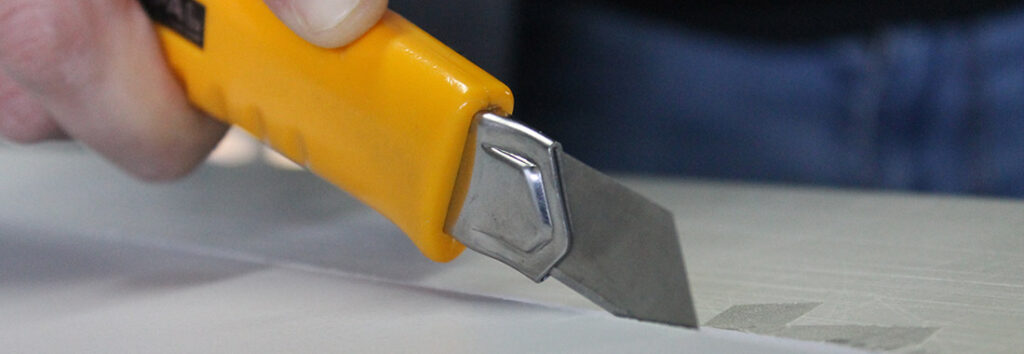

Choosing Stanley knives or a pair scissors for your toolbox isn’t always straight forward. You need durability and versatility for these tools to become staple features of your toolbox. If you plan to purchase a DIY knife or blade of any kind and would prefer to ensure you make the right choice, you’ll find this summarised guide invaluable.
Stanley knives considerations
Stanley knives are small knives with a short, retractable, sharp blade that is useful for a wide variety of applications. They are also referred to as safety knives, craft knives, box cutters and retractable knives. A decent Stanley knife is one of the most important and indispensable tools you’ll ever add to your garage or workshop.
But while the basic design features of these tools remain unchanged from one item to the next, the following must be carefully evaluated before buying:
Stanley knife sharpness
The quality of the knife you select often has a bearing on the blade being very dull or sharp. It’s worth bearing in mind that sharpness plays a key role in the safety of the knife you choose – a poorly manufactured or blunt blade can be exponentially more dangerous than a sharp blade.
A high-quality knife or blade has the durability needed to deal with the heavy duty applications in the active workshop. By contrast, low-grade blades are prone to snapping or splintering when utilised for the more challenging jobs.
Replacement knife blades
Some retractable knives and safety knives feature ‘snap off’ blades, wherein a small section of the blade is snapped off when it becomes dull and is replaced by the section behind. Others feature single-use blades that must be replaced in full when they become dull, whereas other knives are disposable and do not feature replaceable blades.
Stanley knives safety
It’s worth taking into account the handle of the knife, focusing on the safety and comfort of the grip. This is of particular importance if you intend to use your knife for long periods of time, or in any instances where the handle may become wet, dusty or greasy.
One of most recognised brands in the field of blades knives is Stanley. They have become synonymous with high performance DIY cutting tools, producing the highest-quality utility blades and knives for generations. They are forged from premium-quality Sheffield steel – often regarded as the best in the world.
Buying DIY scissors
The above considerations also apply when buying scissors, along with additional factors such as size, weight and purpose. All of which will be determined by your personal preferences in conjunction with the intended application for your scissors.
You’ll want to opt for heavy-duty scissors with a comfortable grip to give total control over the materials you’re working on. If possible, stick with a major brand you can trust such as Bessey.
Care and maintenance
One of the biggest benefits of working with tools like Stanley Knives is that care and maintenance requirements are low. It’s a case of using a brush or a little soap and water to remove any debris that may have accumulated after each use. This also applies to retractable safety knives with snap-off blades and those that are disposable DIY knives.
If working with a fixed blade knife, it’s worth investing in a knife sharpening block to keep your investment performing well. Low-quality sharpeners should be avoided. They can chew and shred the blades, rather than taking care of them.
Exact usage guidelines vary from one sharpening tool to the next, so be sure to read the manufacturer’s guidelines carefully. Always remember that a blunt blade can be hazardous, so keep your Stanley knives and DIY scissors in the best possible condition at all times.



